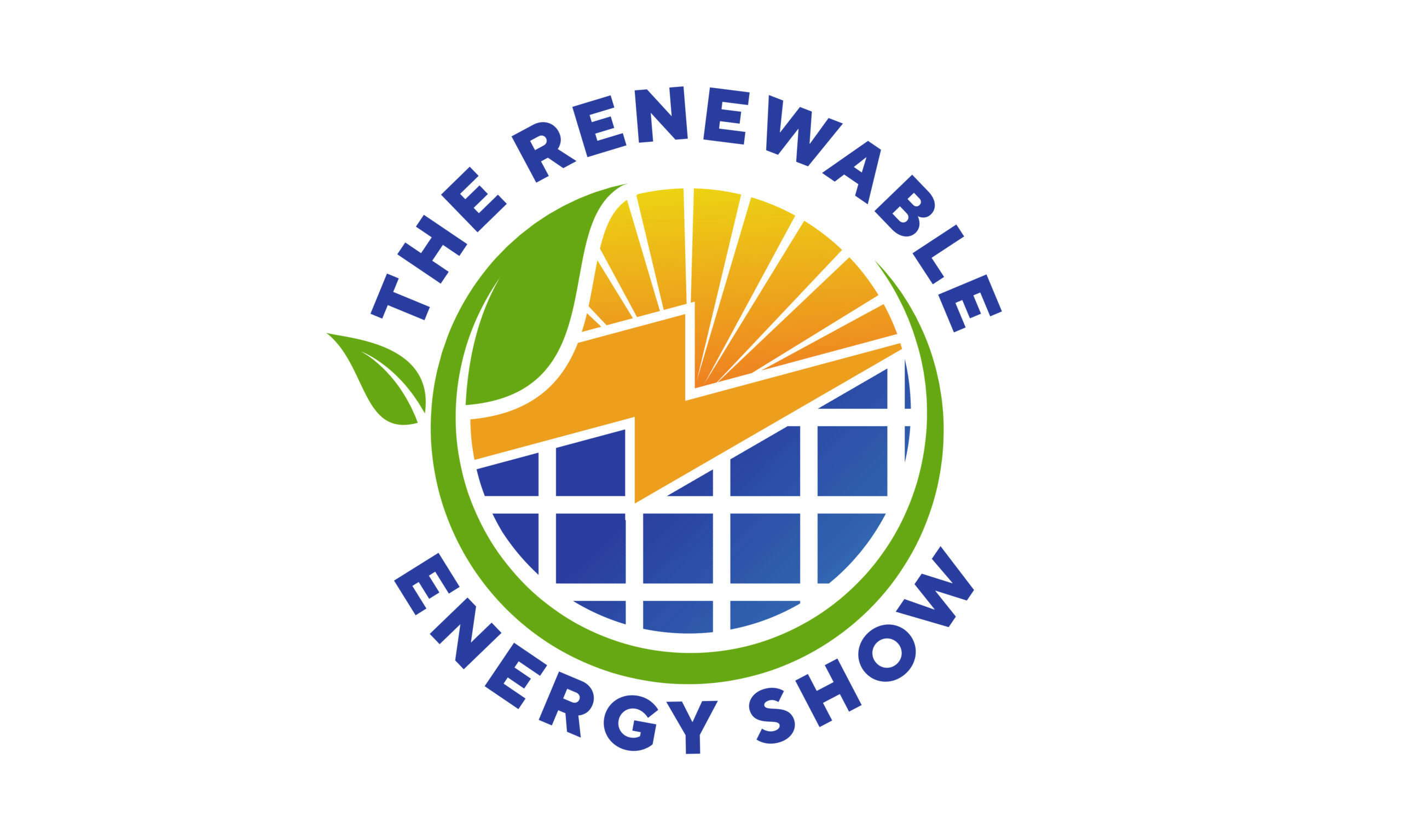Did you know that the average American household pays over $1,400 per year for electricity, with the majority of those costs going towards transmission and distribution? But what if we told you that there’s a way to cut those costs in half, while also reducing your carbon footprint and increasing energy independence? Enter the decentralized grid, a revolutionary new approach to energy production and distribution that’s taking the world by storm.
At its core, a decentralized grid is a network of small, community-owned energy systems that produce and distribute electricity locally, rather than relying on a centralized utility company. This approach has been gaining traction in recent years, with cities like Barcelona, Spain, and Florianópolis, Brazil, already implementing successful decentralized grid initiatives.
So, how do decentralized grids work? In a traditional grid, energy is generated by a large power plant and transmitted to homes and businesses through a complex network of power lines. In a decentralized grid, energy is generated by a variety of sources, including solar panels, wind turbines, and fuel cells, which are connected to a local energy network. This network allows households and businesses to sell excess energy back to the grid, reducing their own energy bills and creating a new revenue stream for the community.
But the benefits of decentralized grids go far beyond just cost savings. By generating energy locally, decentralized grids can reduce energy losses during transmission, which can account for up to 10% of the energy used in a traditional grid. They can also increase energy resilience, by providing backup power during outages and reducing the risk of power grid failures. And, as an added bonus, decentralized grids can create new economic opportunities for local communities, by providing a platform for community-owned energy cooperatives and social enterprises.
Despite these benefits, decentralized grids still face significant challenges. One of the biggest hurdles is the need for a robust and secure energy management system, which can coordinate energy production and consumption in real-time. Another challenge is the integration of decentralized grids with the existing energy infrastructure, which can be complex and expensive.
However, experts say that these challenges are being overcome by the rapid development of new technologies, such as smart inverters and blockchain-based energy management systems. These technologies are making it possible to build decentralized grids that are more efficient, more reliable, and more secure than ever before.
As the world continues to grapple with the challenges of climate change and energy poverty, decentralized grids are emerging as a key solution. By empowering local communities to take control of their own energy production and distribution, we can create a more sustainable, more equitable, and more resilient energy system for all. So, what are you waiting for? Join the decentralized grid revolution and start powering your own future today!
